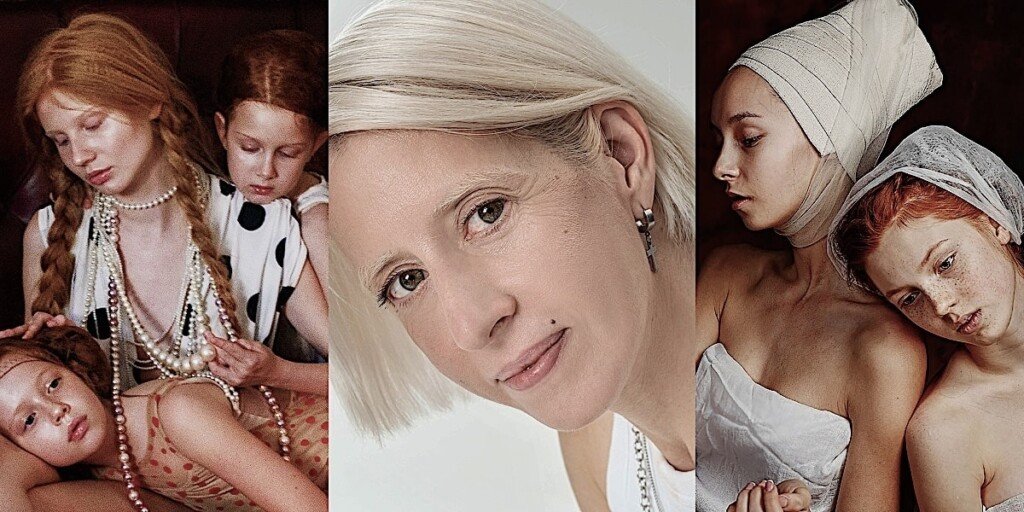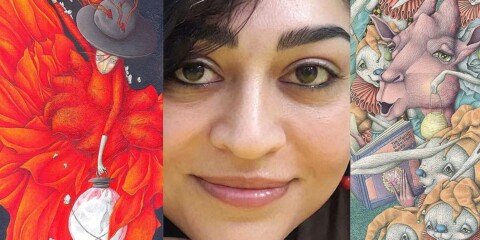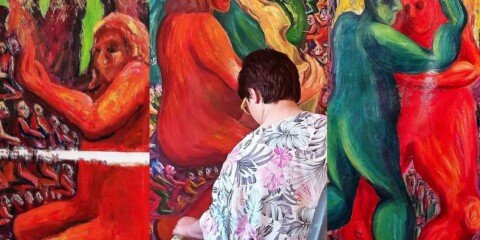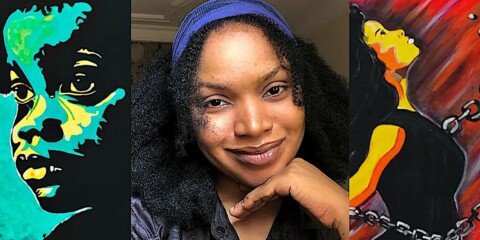Step into the captivating worlds of Olga Shpak (@OlgaShpakArt). She is a conceptual staged photographer who crafts cinematic narratives. Her work merges fantasy and reality. This interview provides a compelling look into the journey of a photographer who transitioned from teaching to art. The transition was driven by a passion for self-expression, cinema, and the human face.
From the world of Russian literature straight into the eye of a camera, Olga Shpak has always been a storyteller. Olga is not simply a photographer. She is also an artist who reinvents ancient myths. She explores the philosophical territories of life, death, and gender. Olga asks us to look beyond the obvious.
In this heart-bearing interview, we step into the creative world of a talented artist. She uses her lens to find beauty in the unconventional. She challenges perceptions and uncovers the deeper truths of the world around us.
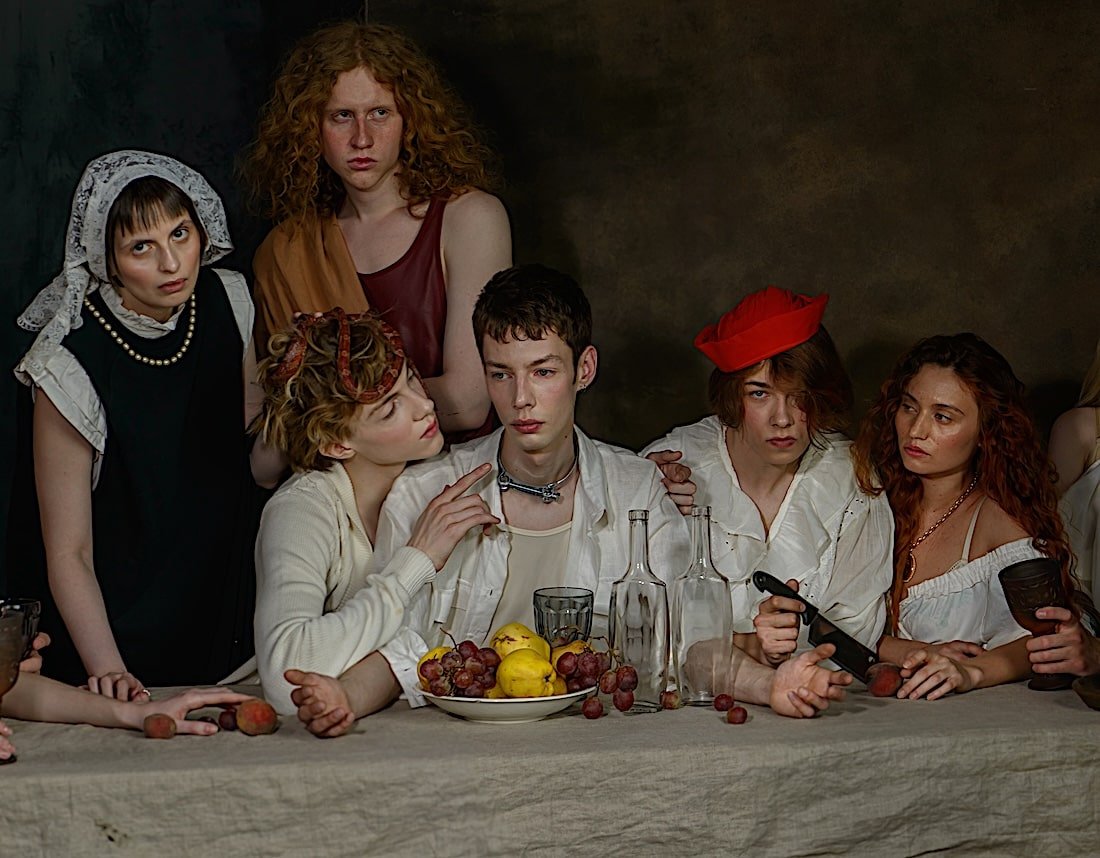
🟥 Can you share a bit about your background and the journey that led you to becoming an artist?
I have a degree in Russian language and literature and worked as a school teacher for five years. I have always been an avid reader, and I wanted to learn how to express myself and my thoughts through an international language. Photography allows me to do that. The opportunity for dialogue and mutual understanding between people is very important to me.
🟥 Was there a defining moment or experience that solidified your decision to pursue art seriously?
Yes, at one point I felt a strong sense of exhaustion from working with texts. I wanted to see and show more of the living world around me. I also became very passionate about cinema, and I wanted to create the images that were forming in my mind. At that time, I was earning a very small teacher’s salary, and I wanted to learn an additional craft. I also love the fact that photography allows me to clearly see the result of my work.
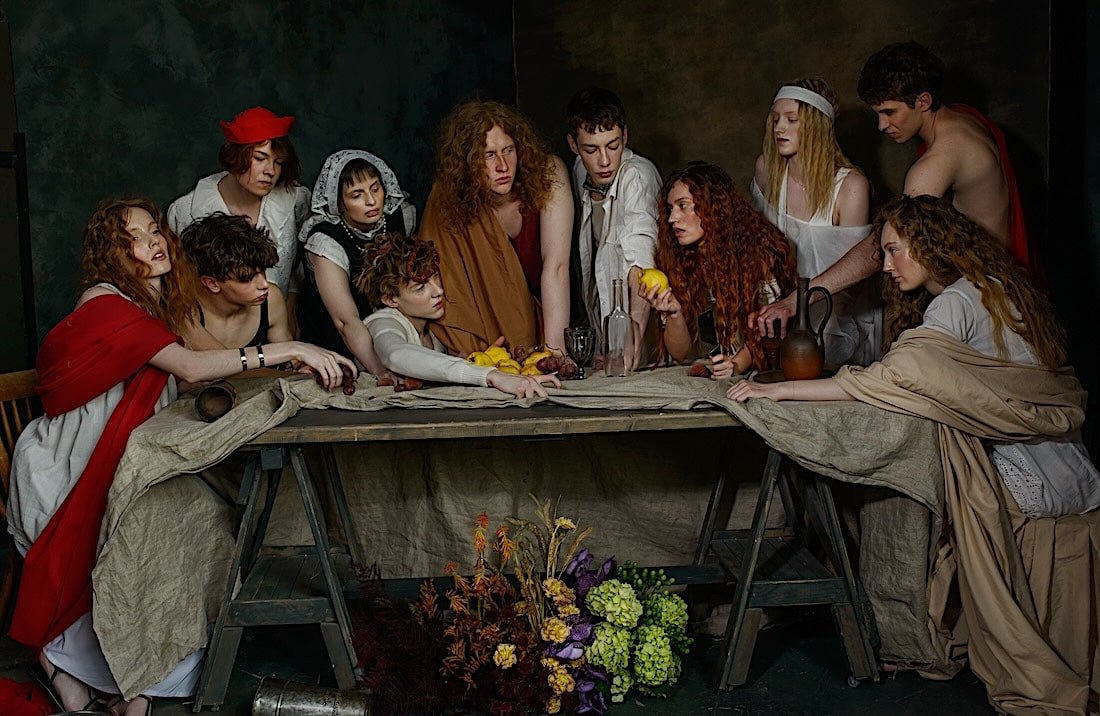
🟥 Do you remember the first piece of art you created, and what inspired you to make it?
I don’t remember my very first photograph. For a long time, I was focused on developing my technical skills. My first conscious series of work was called “Personae”—portraits of young women without makeup, styled in the manner of Flemish school paintings.
It was in 2016. At that time in Russia, there was a trend of heavy Photoshop editing in photography. My portraits, taken without makeup and presented without retouching, received a strong response from the audience. With these works, I organized my first exhibition.
🟥 What inspires you the most when creating your art?
I am deeply inspired by human faces. I value unconventional appearances. The features in a face that are often considered imperfect are exactly what give it a unique charm and make you want to look at it over and over again, leaving a lasting impression. I am also inspired by films and paintings. I find fascination in objects with interesting textures: tree roots, stones, insects, and wilted flowers. I am generally very curious about the material world around me.
It may sound strange, but for my shoots, I often use deceased birds, which I frequently find on the street. After the shoot, we bury them. I am interested in the questions of life, death, and rebirth.
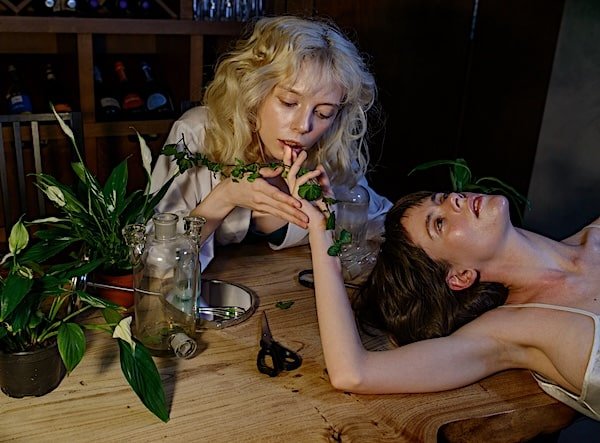
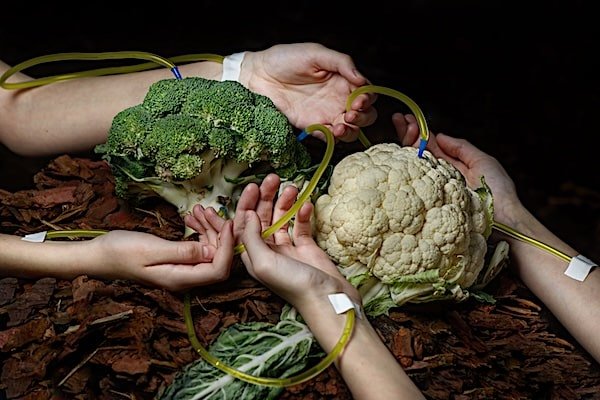
🟥 Are there specific activities, rituals, or moments that fuel your creativity?
Before a shoot, I need to spend some time in silence.
🟥 How would you personally define art, and what deeper meaning does it hold for you?
For me, art is a reflection of the surrounding reality, as well as the thoughts and feelings of the artist, expressed through artistic images. It is a way of communicating with the world and a means to better understand oneself.
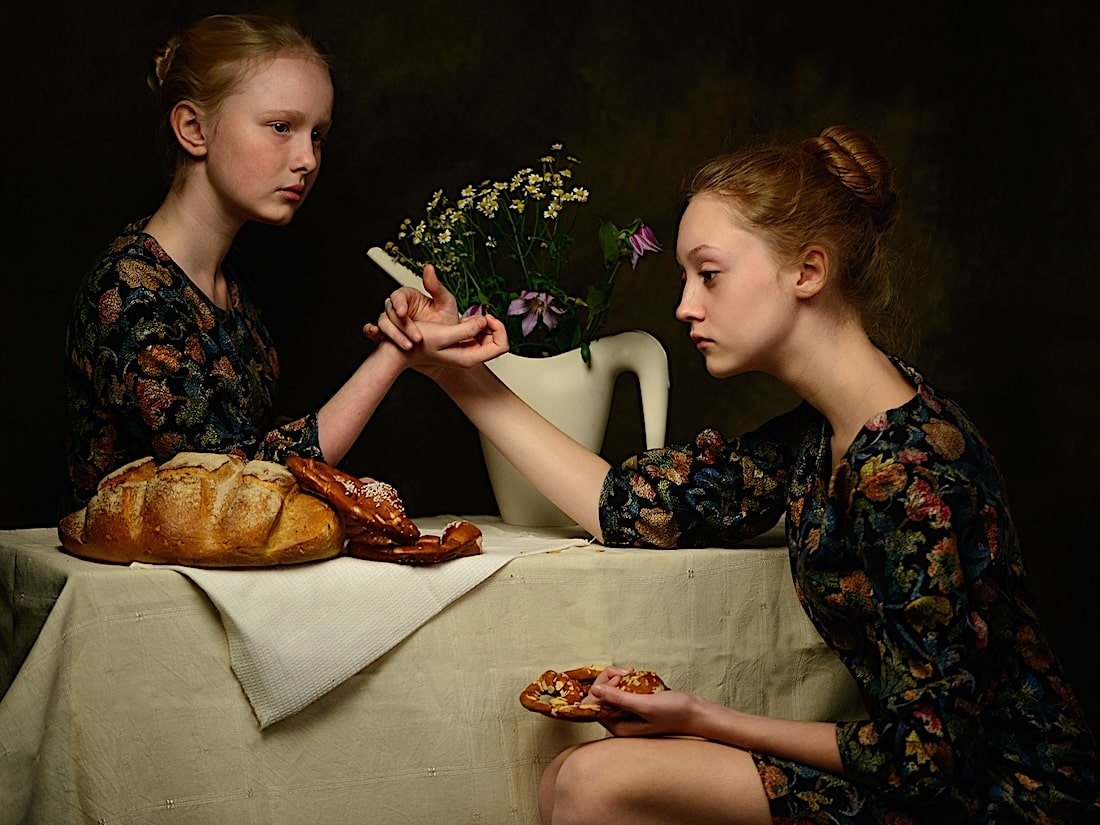
🟥 What part of the creative journey excites you the most—conceiving an idea, the act of creating, or finishing the piece?
I enjoy the state of being obsessed with an idea and the images that emerge. I also love the preparation process—searching for props, casting models, making costumes—and the act of shooting itself. However, finishing a piece is often challenging for me. I am a perfectionist and always see ways to improve, so I spend a long time refining the work and preparing the photos for publication.
🟥 What time of day do you feel the most creative, and why do you prefer that time for your work?
Ideas come to me best in the evening, sometimes even in my dreams, while I prefer to work on the technical aspects of a shoot in the morning.
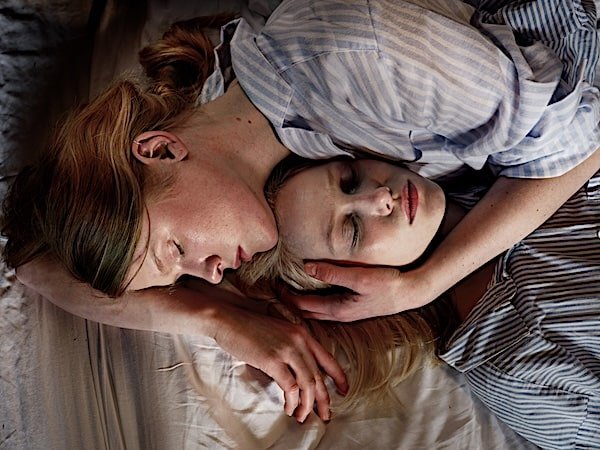
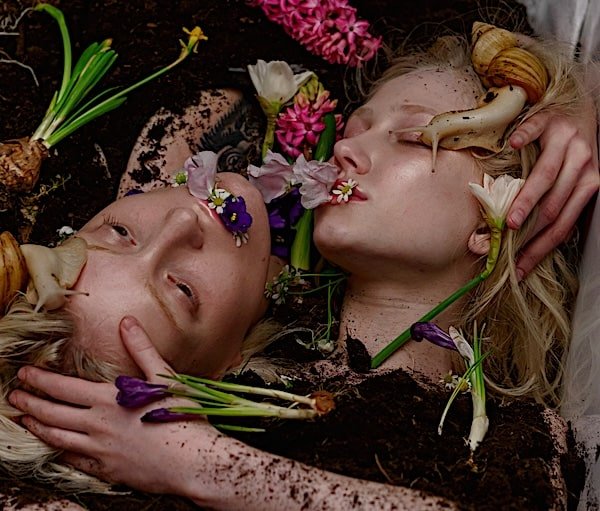
🟥 Do you listen to music while creating, and how does it influence your process?
I prefer to work in silence.
🟥 Do you have any specific rituals or routines you follow before starting a new project?
I like to take a walk in nature and observe the trees.
🟥 What is the most challenging aspect of creating art, and how do you navigate those?
Finding a new idea is usually the most challenging part, as well as creating a coherent structure for a series of works. I make separate notes, which I later use to develop a work plan.
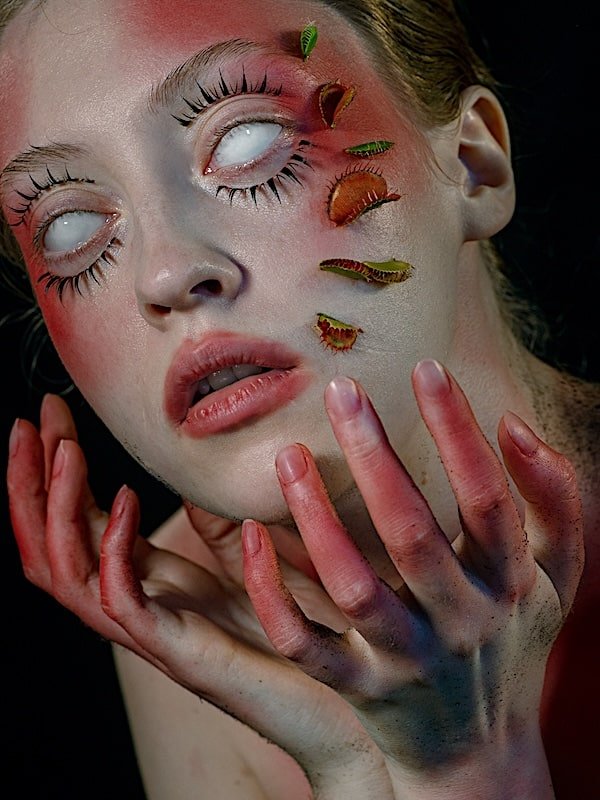
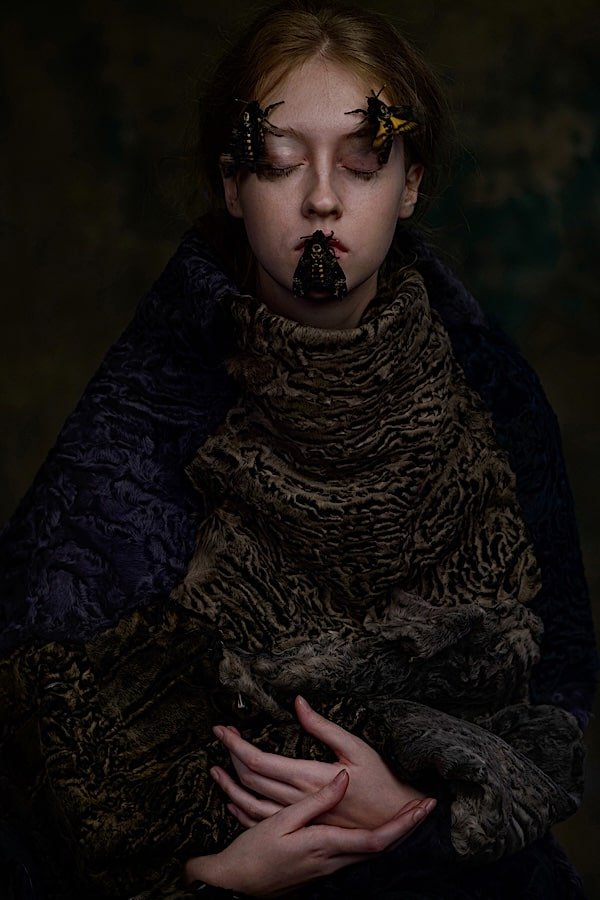
🟥 What keeps you motivated during times when creativity feels like a struggle?
I often struggle to maintain motivation. I support myself by interacting with other creative people and by switching to other types of shoots that focus mainly on the technical side. I also watch films about artists and photographers.
🟥 Can you share an experience or lesson that contributed the most to your growth as an artist?
I don’t have any special secrets. I watch a lot of films and analyze how they are shot. I also try to visit museums and exhibitions. I read books on composition and color. I interact with colleagues whose work I admire.
🟥 Is there a piece of advice you received that completely changed the way you create or think about art?
No
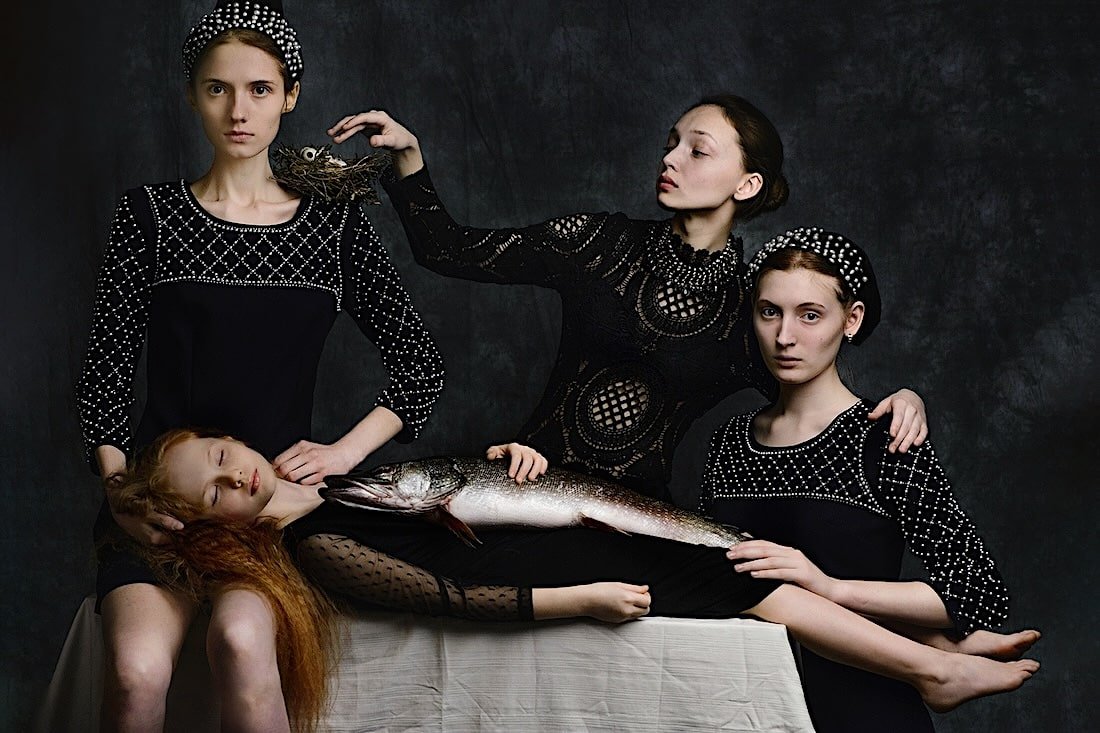
🟥 When you view a piece of art, what qualities or emotions do you look for?
I primarily look for a sense of wonder and the opportunity to ask myself what the artist is trying to communicate with me. I enjoy a wide variety of art. Sometimes I appreciate the surprise of seeing something I have never encountered before and how the artist managed to convey it. Often, I seek emotions that make me reflect on the meaning of what is happening in the world and in human life. I am often drawn to art that is considered dark, strange, or even ugly.
🟥 How do you perceive art’s purpose and its impact on individuals and society?
Perhaps I am somewhat idealistic. I believe that art has the power to make people kinder and bring out the best qualities in us. Art can prompt us to reflect on the true values of human life, its transience, and how to improve the lives of those around us.
🟥 In your view, what do concepts like “passion” and “uniqueness” represent in art?
I believe that passion and uniqueness are among the most important aspects of art. You create your best work only when you are passionate about what you do. It is a kind of obsession, and in that moment, you don’t think about how others will judge you—it comes from the depth of your soul. Uniqueness is what true artists possess. This is why we value the artists we call “geniuses.” They create something entirely new.
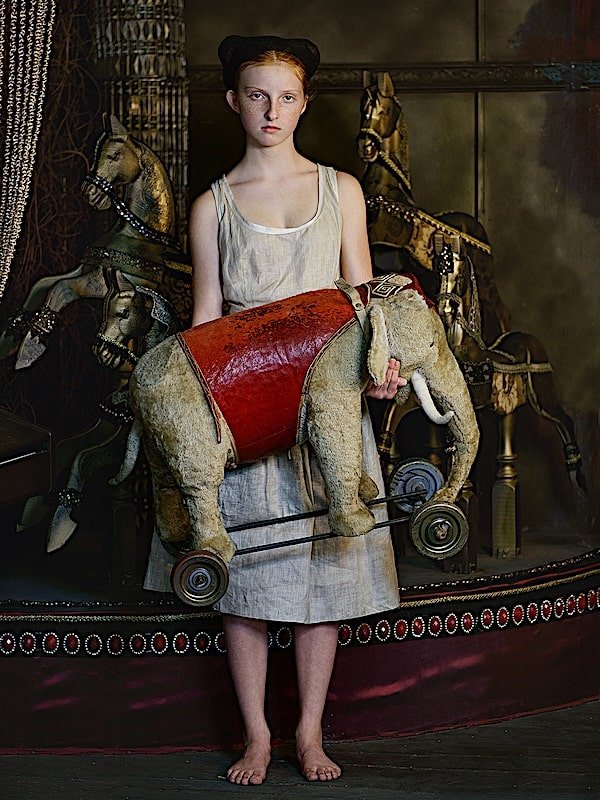
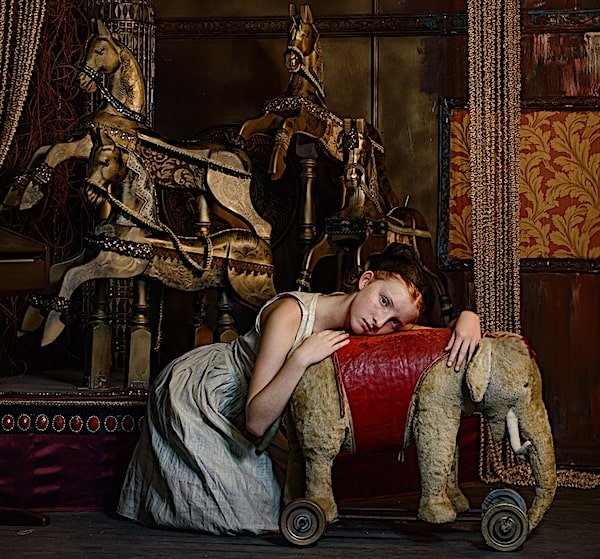
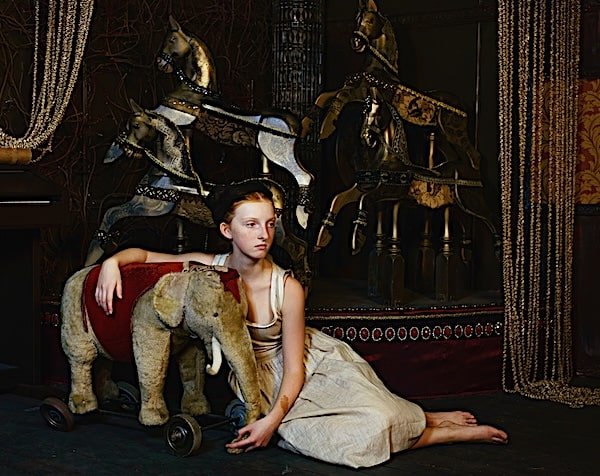
🟥 What are the non-negotiable essentials in your workspace?
Photography is a technical form of art. I always keep my camera and lenses clean. It is also important for me to have a clean, uncluttered workspace at my computer. My room has white walls and nothing unnecessary. I also enjoy taking notes by hand in a notebook, as writing helps me organize my thoughts.
🟥 Do you have a favorite tool or object in your studio that holds sentimental value?
In a small box in my desk drawer, I keep a lock of hair from a beloved girl. I even feel a bit embarrassed to talk about it—it’s probably very sentimental.
🟥 What’s the one thing you always need by your side while creating art?
My camera. And, unfortunately, I smoke a lot. So, an electronic cigarette.
🟥 Who are the artists or people you admire the most, and why?
I admire people who are passionate and have a deep love for their craft. I am inspired by photographers who, even in their mature years, have preserved a childlike curiosity about the world around them. I admire photographers who work in genres that are inaccessible to me. I value hard work. I also admire artists who are able to resist the influence of trends and create their own unique style.
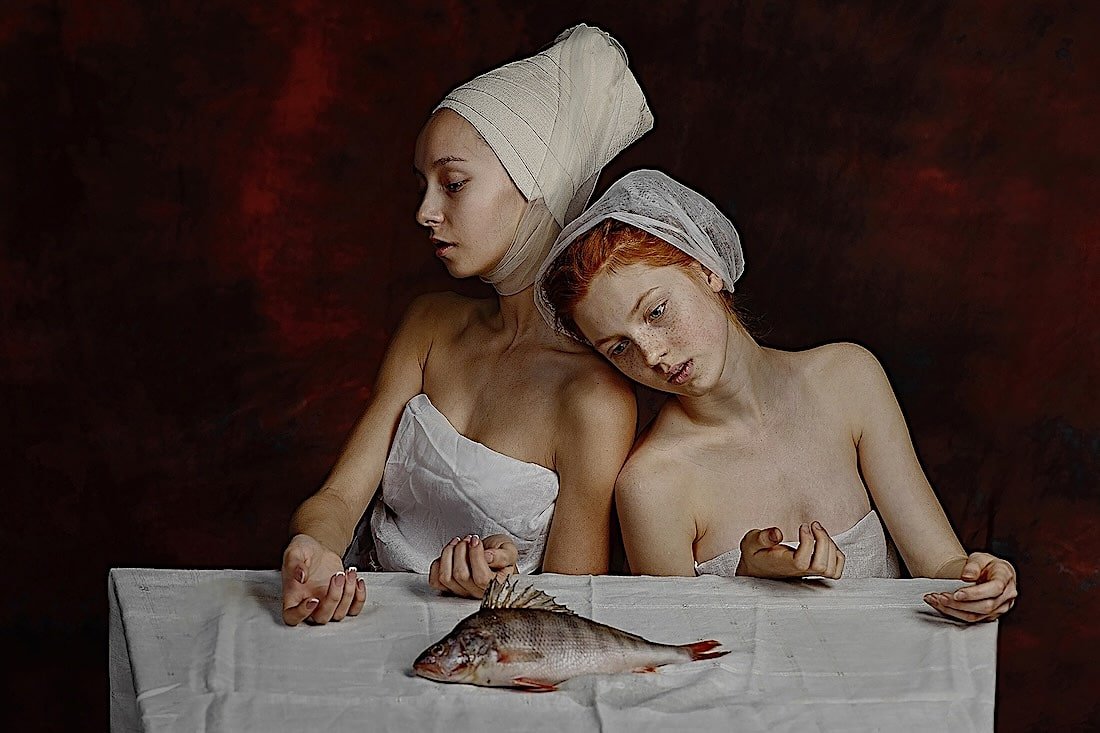
🟥 Imagine you could create a piece of art in collaboration with someone from history. Who would you choose and why?
I would like to work with Caravaggio, as I admire his ability to convey light. With Egon Schiele, I am fascinated by his drawing style and the sensuality of his works. Among filmmakers, I would collaborate with Ingmar Bergman. He was the first director whose films left a strong impression on me as a child, and the themes he explores in his cinema resonate deeply with me. I would also like to work with Derek Jarman, who had a unique style ahead of his time and is a representative of queer culture, which is very close to me.
🟥 What’s your superpower?
My superpower is seeing the uniqueness in the objects around me and in people and the ability to tell a story about it.
🟥 What does success as an artist mean to you—recognition, impact, or something else entirely?
Calling myself an artist feels a bit strange—I am primarily a photographer. For me, success means having the opportunity to be published in magazines and to hold exhibitions. It is also important for me to earn a good income from my work, so I can realize my own projects. Additionally, it matters to me when people come to a shoot specifically for my vision of them.
🟥 Can you tell us about a piece of your art that holds a special place in your heart and why it’s so meaningful to you?
Yes, the photograph “Mermaids. Suffocation” is very dear to me. It was my first staged work with such a large number of models and in challenging shooting conditions. I enjoy making the subjects of my shoots beings from borderline worlds who find it difficult to adapt among people. I use symbols and metaphors in my photographs.
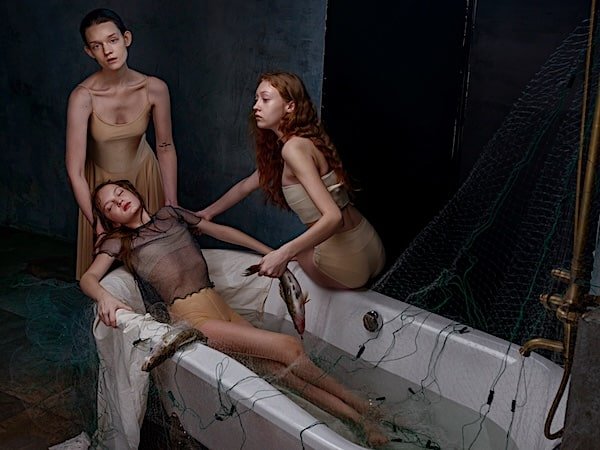
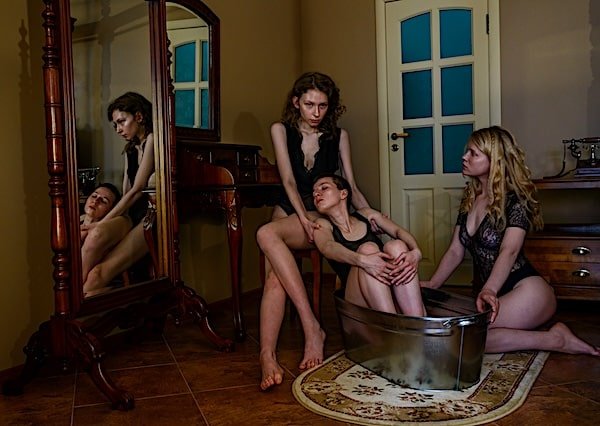
🟥 What are your dreams or goals for the future?
My dream is to earn enough through photography to be able to fund my creative projects and travel. I want to take part in exhibitions and do photo shoots in other countries. In old age, I would love to live by the sea with the woman I love.
🟥 How would you define a “creative person”?
A creative person is someone who transforms the space around them and creates something new.
🟥 In your opinion, what are the positive and negative differences between being an artist today and being an artist a century ago?
If we talk about photography as an art form, a hundred years ago it was only just beginning to take shape. Back then, there was a huge field for experimentation, and it was much easier to create something truly new.
Today, with the development of technology and artificial intelligence, the technical side of the process has become extremely simple and accessible. On one hand, this makes the task more challenging, because it requires photographers to be incredibly creative in order to say something new in an already oversaturated visual field.
On the other hand, modern technologies offer great advantages: learning has become faster, and equipment is much cheaper and more accessible than it was a hundred years ago. New technologies don’t scare me — on the contrary, they push us to explore new forms of expression and be as creative as possible.
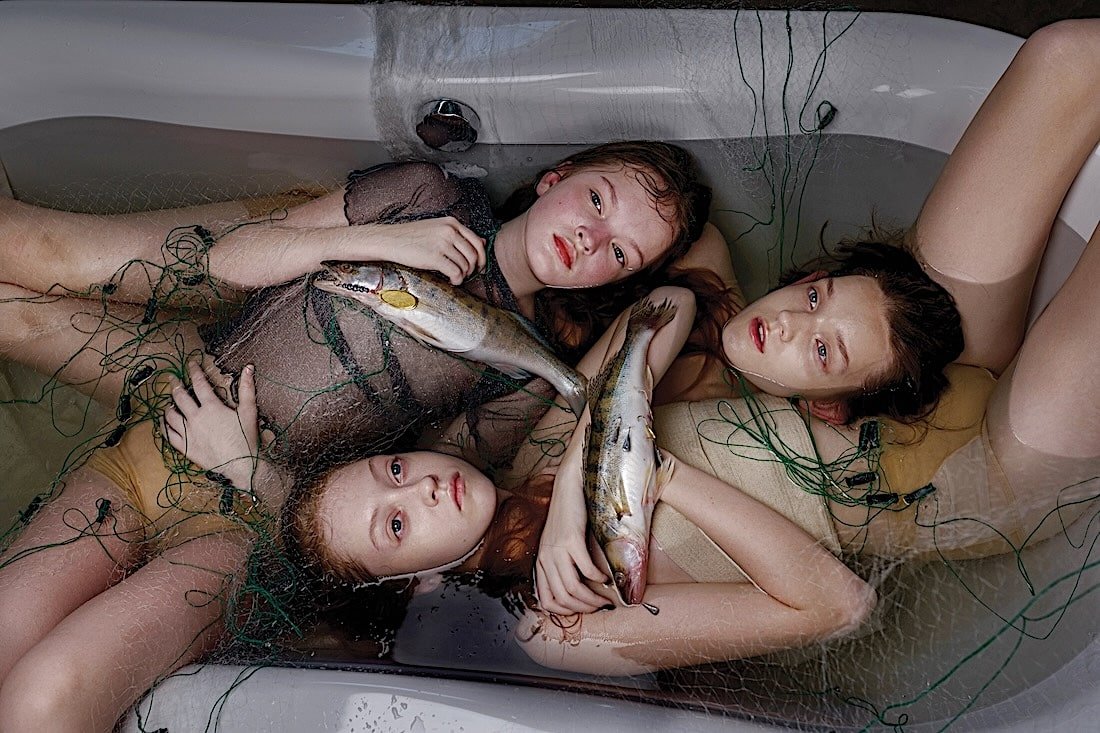
🟥 In your opinion, what are the best and most challenging aspects of being an artist?
The best part of being an artist is staying childlike at heart, open to new experiences. Meeting interesting people and creating something new with my imagination and hands. The challenges for me are the long journey of growth, when it feels like you’re barely making progress. Also, achieving a decent income from my work is not easy.
🟥 What advice would you give to aspiring artists who want to build a meaningful career?
I would advise aspiring artists to communicate more and learn from artists whose style and technique resonate with them. Travel as much as possible and stay open to the world. Keep learning constantly. And most importantly, believe in yourself. Don’t be afraid to show your work to professionals and curators. Collaborate with other artists.
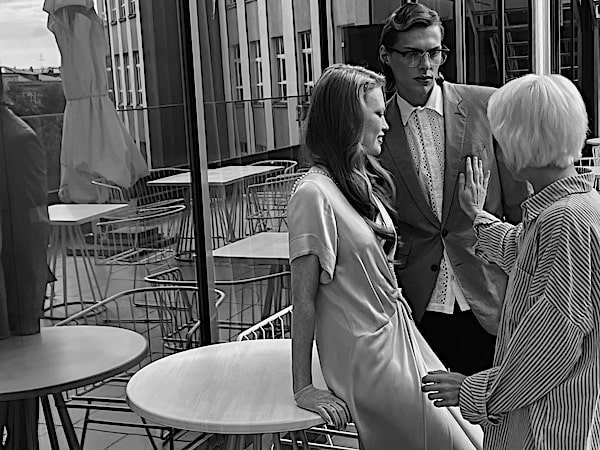
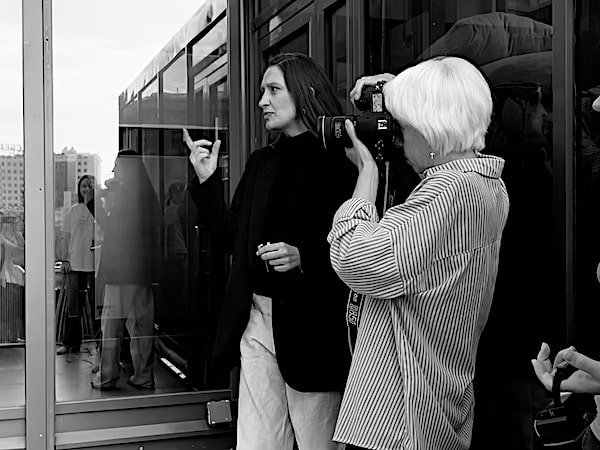
Relevant Links:
Portfolio at PhotoVogue: vogue.com/photovogue/photographers/105394
Instagram: instagram.com/olga_shpak
Note: The answers given by the artist have been quoted verbatim. There has been no editing to preserve the artist’s authentic voice for our readers.


